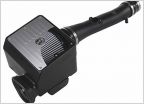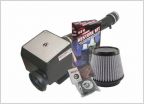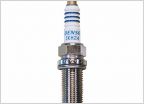-
Welcome to Tacoma World!
You are currently viewing as a guest! To get full-access, you need to register for a FREE account.
As a registered member, you’ll be able to:- Participate in all Tacoma discussion topics
- Communicate privately with other Tacoma owners from around the world
- Post your own photos in our Members Gallery
- Access all special features of the site
Interpreting ignition timing results
Discussion in 'Performance and Tuning' started by soggyBottom, Jun 25, 2023.


 Gap for supercharger plugs?
Gap for supercharger plugs? Quiet Exhaust Upgrade Wanted
Quiet Exhaust Upgrade Wanted Help me out with picking an exhaust/cold air intake
Help me out with picking an exhaust/cold air intake Removing tail pipe after Resonator, Help
Removing tail pipe after Resonator, Help Which AFE intake to buy.
Which AFE intake to buy. Spark plugs
Spark plugs







































































